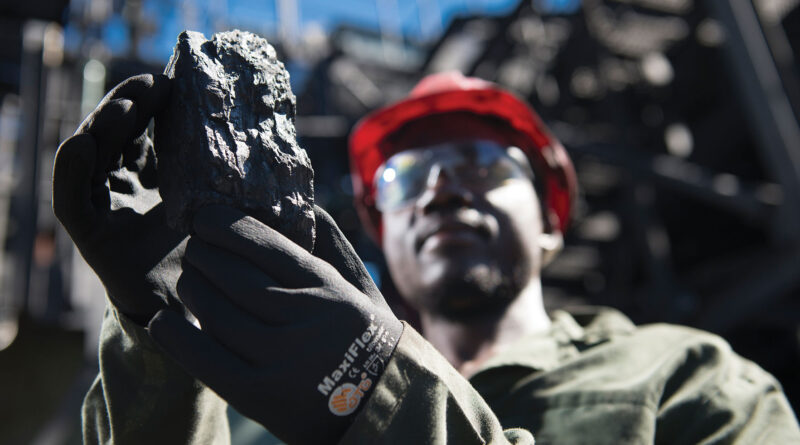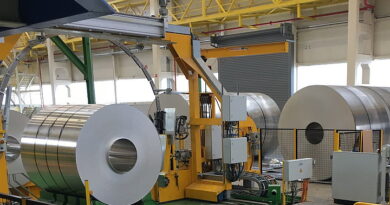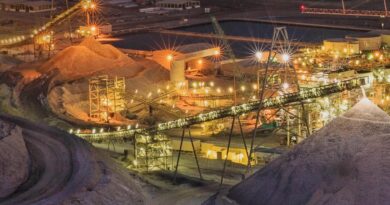With technology, coal can be part of the energy future
Michelle Manook, CEO of the World Coal Association, says the past month has been appropriately climactic for the coal industry and all energy sources. The Independent Energy Agency announced that global CO2 emissions are on course to surge by 1.5 billion tonnes in 2021, the second-largest increase in history.
This effectively reverses any emissions gains made during the worst effects of the COVID-19 pandemic last year. And it represents the largest annual increase in emissions since 2010, during the Global Financial Crisis carbon-intensive recovery.
It coincides with US President Joe Biden, and his climate envoy, Senator John Kerry, leading a virtual “Zoom” climate summit which invited 40 world leaders to discuss North America’s aspirations to halve emissions by 2030. Suddenly, 2030 is the new 2050.
Significant to these developments was the Australian government’s announcement that it was investing more than half a billion dollars in clean technology, particularly carbon capture and storage (CCS) and hydrogen. Incidentally, 95 per cent of hydrogen is derived from fossil fuels such as coal.
These developments coincided with the World Coal Association’s program to begin a new “clean coal” conversation, one that focuses on the role coal needs to play in meeting a net zero emissions future, and the need for all energy sources to be given equal consideration in how decarbonisation targets are met.
This last point is where the energy popularity contest kicks in and coal is disqualified by judges who simply deem it “unpopular.” Being unpopular is not a reason for exclusion. If coal is going to be relegated, let it be based on technology, not whether it is liked or not.
The coal industry should probably take its fair share of blame for not articulating its story well enough and in a truly collaborative way. That is the essence of our new conversation: reset, reconnect and respond (proactively). The fact of the matter is coal can and should be decarbonised by technologies which already exist.
Two of these, CCS and Coal to Hydrogen, are identified in Australia’s zero emissions pathway but many more exist. They include High Efficiency Low Emissions Technology (HELE), Coal Gasification, Integrated Gasification Combined Cycle (IGCC), Coal to Biomas Co-Combusion, and Pollution Control Technology. These are available now and they are all tested and proven.
Investment in these clean coal technologies will facilitate speedy deployment.
Australia is proving itself an exemplar in laying the foundations for technology-led energy solutions. The joint Japanese/Australian Hydrogen Energy Supply Chain (HESC) is producing hydrogen from coal in Victoria and exporting it to Japan. More projects like it are planned.
The point conveniently overlooked in the anti-coal rhetoric is that coal provides stable grid-based electricity when the wind doesn’t blow and the sun doesn’t shine. Even the manufacture of a wind turbine is dependent on steel. Each turbine requires 260 tonnes of steel, made from 170 tonnes of coal and 300 tonnes of iron ore.
Industry relies on coal for 70 per cent of the world’s steel and 90 per cent of its cement. How are we going to modernise without it?
Modelling by the best science that exists, including the IEA and the Intergovernmental Panel on Climate Change (IPCC), agrees that there are no near-term credible scenarios for a future energy system based on renewables alone. Coal and renewables are therefore co-dependent and must coexist.
Coal goes to the heart of sustainable development and everyone’s right to a decent quality of life. It is a central conduit to reaching the 17 United Nations Sustainable Development Goals (SDGs), including the provision of “affordable and clean energy for all”.
It allows for the 770 million people without electricity the ability to access light, heat, fuel for cooking and transportation and all the other essential services like hospitals and schools we take for granted.
Coal has its place as a clean commodity. The conversation needs to transform and address how we are going to “phase in” new technology rather than how we are going to “phase out” coal.
Michelle Manook believes in clean coal technologies the same way I believe in renewables. All energy sources have their strengths and limitations. But they are all part of the energy transformation solution.
“If our motive is truly to deliver a sustainable, net zero-emission future — and given the facts — then isn’t it time to start a different inclusive conversation?” concludes Manook.




